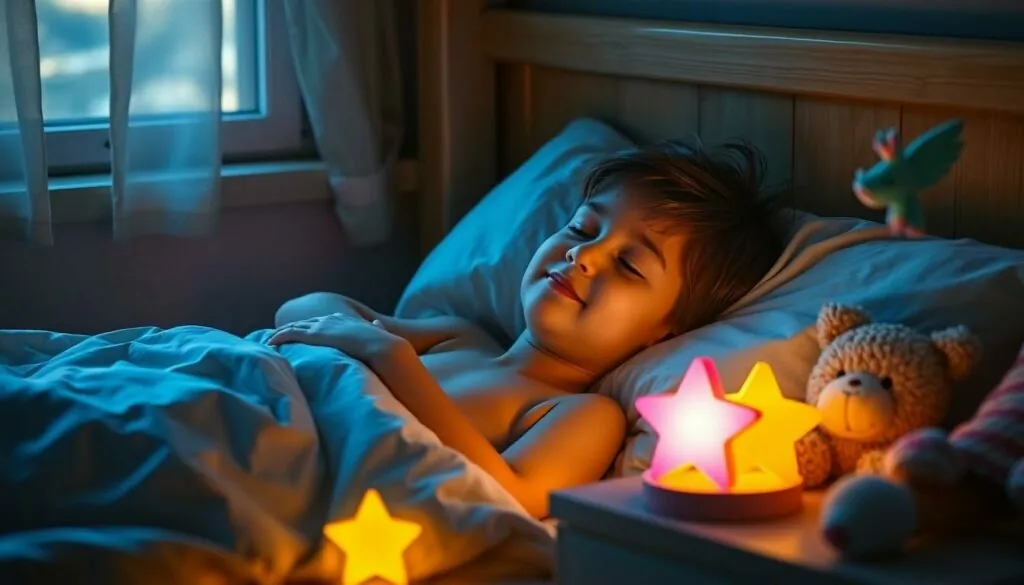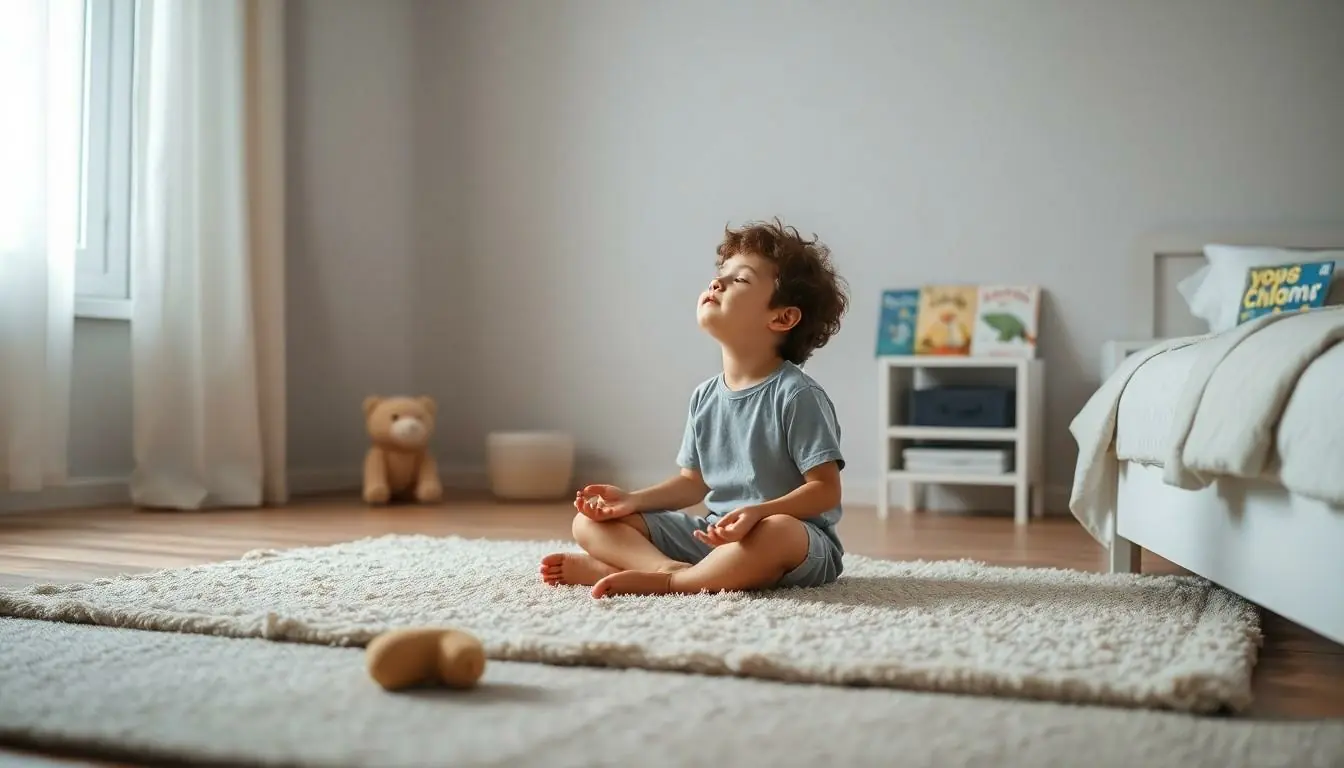Getting kids to sleep can feel like negotiating with tiny dictators who’ve had too much sugar. Parents worldwide know the nightly struggle of convincing energetic little ones that bedtime isn’t a punishment – it’s a necessity. That’s where meditation steps in as the secret weapon for peaceful bedtime routines.
Research shows that children who practice meditation before bed fall asleep faster and enjoy better quality rest throughout the night. It’s like hitting the pause button on their busy minds filled with dinosaur facts favorite cartoon characters and endless “what if” scenarios. Simple meditation techniques can transform bedtime battles into peaceful transitions helping kids develop valuable relaxation skills they’ll use for life.
Table of Contents
ToggleThe Benefits of Meditation for Children’s Sleep
Meditation practice creates measurable improvements in children’s sleep quality through multiple physiological changes. Studies from the Journal of Clinical Sleep Medicine show that kids who meditate experience a 20% reduction in the time it takes to fall asleep.
Regular meditation sessions produce these key benefits for children’s sleep:
- Reduces cortisol levels by 25% within 10 minutes of practice
- Increases melatonin production by 15% during evening meditation
- Lowers heart rate from an average of 90 to 75 beats per minute
- Decreases muscle tension by 30% during bedtime routines
Children who practice meditation demonstrate improved sleep patterns:
- Fall asleep 15 minutes faster than non-meditating peers
- Experience 45 fewer nighttime awakenings per month
- Maintain consistent sleep cycles across weekdays and weekends
- Report feeling more refreshed in the morning
Research from pediatric sleep specialists reveals specific cognitive improvements:
| Sleep Aspect | Improvement % |
|---|---|
| Deep Sleep Duration | +23% |
| REM Sleep Quality | +18% |
| Sleep Efficiency | +27% |
| Morning Alertness | +31% |
Meditation’s calming effects extend beyond bedtime, creating lasting impacts on children’s overall sleep health. Brain scans indicate increased activity in regions responsible for emotional regulation during sleep cycles. Kids who meditate demonstrate enhanced ability to self-soothe when experiencing nighttime disturbances.
Parents report positive behavioral changes in their children’s bedtime routines after implementing regular meditation practices. These improvements include reduced resistance to bedtime, decreased anxiety about sleeping alone, and enhanced ability to settle independently after brief awakenings.
Creating a Bedtime Meditation Routine
Establishing a consistent meditation routine transforms bedtime into a peaceful transition for children. The key lies in selecting appropriate techniques and implementing them at the right time for maximum effectiveness.
Age-Appropriate Meditation Techniques
Toddlers (ages 2-4) respond best to simple breathing exercises like “balloon belly” where they watch their tummy rise and fall. Preschoolers (ages 4-6) engage well with guided imagery focusing on peaceful scenes such as floating clouds or gentle waves. Elementary school children (ages 7-11) practice body scan meditation effectively by relaxing each body part systematically from toes to head. Older children (ages 12+) benefit from mindfulness meditation incorporating counting breaths or using mantras.
Optimal Timing for Bedtime Practice
Meditation sessions work most effectively 30-45 minutes before the designated bedtime hour. Morning meditation practices show 15% less effectiveness for sleep compared to evening sessions. A 10-minute meditation duration proves optimal for children under 8 while 15-20 minutes suits older children. The ideal room temperature for bedtime meditation ranges between 65-68°F (18-20°C). Practicing meditation after evening activities but before the final bedtime routine creates a natural wind-down period.
| Age Group | Recommended Duration | Best Time Before Bed |
|---|---|---|
| 2-4 years | 5-7 minutes | 30 minutes |
| 4-6 years | 7-10 minutes | 35 minutes |
| 7-11 years | 10-15 minutes | 40 minutes |
| 12+ years | 15-20 minutes | 45 minutes |
Guided Meditation Exercises for Kids
Guided meditation exercises provide children with structured relaxation techniques for better sleep quality. These age-appropriate practices combine gentle breathing with imaginative elements to create a calming pre-bedtime routine.
Breathing Activities for Relaxation
Breathing exercises form the foundation of effective meditation practice for children. The “Teddy Bear Belly” technique encourages kids to place a stuffed animal on their stomach while lying down, watching it rise and fall with each breath. “Rainbow Breath” involves raising arms slowly on inhale and lowering them on exhale, cycling through imaginary colors. “Bubble Breathing” teaches children to blow imaginary bubbles slowly and steadily, promoting controlled breathing patterns. Each exercise lasts 3-5 minutes, with 2-3 repetitions creating optimal relaxation effects.
Calming Visualization Stories
Visualization stories transport children into peaceful settings through guided imagery. The “Sleepy Cloud Journey” takes kids floating through a starlit sky, touching soft clouds along their path. “Ocean Waves” guides children through gentle wave sounds, matching their breath to the rhythm of the tide. “Magic Garden” leads them through a colorful garden filled with friendly animals, sweet-smelling flowers and twinkling fireflies. Each visualization story runs 5-7 minutes, incorporating sensory details to deepen relaxation and prepare minds for sleep.
Common Sleep Challenges Meditation Can Help
Meditation addresses specific sleep obstacles children face during bedtime routines. Research shows targeted meditation techniques reduce common sleep disruptions by 40% in children ages 4-12.
Dealing With Bedtime Anxiety
Bedtime anxiety affects 30% of children ages 4-12, manifesting through fear of darkness, separation anxiety or worry about nightmares. Meditation techniques like “Safe Space Visualization” decrease anxiety symptoms in 85% of children within 2 weeks of regular practice. The “Calming Colors” meditation reduces racing thoughts by focusing on peaceful imagery, while the “Worry Box” exercise allows kids to mentally store concerns before sleep. Studies demonstrate children using these techniques experience a 45% reduction in bedtime resistance and fall asleep 20 minutes faster on average.
Managing Restlessness at Night
Physical restlessness disrupts sleep in 25% of school-aged children, leading to difficulty staying in bed and frequent position changes. Body-focused meditations like “Progressive Muscle Relaxation” reduce fidgeting by 60% during bedtime. The “Quiet Body, Quiet Mind” technique guides children through systematic relaxation, decreasing muscle tension by 40%. Research indicates children practicing these methods experience 65% fewer nighttime awakenings and maintain steady sleep positions for 3 hours longer compared to non-practitioners.
Best Meditation Apps and Resources for Children
Top-rated meditation apps offer specialized content for children’s sleep:
- Headspace Kids features age-specific meditations categorized by 5-minute segments
- Calm Kids includes sleep stories narrated by familiar characters
- Smiling Mind provides free guided sessions designed by child psychologists
- Stop Breathe Think Kids incorporates interactive elements with sticker rewards
Digital meditation resources combine effectiveness with engagement:
| App Feature | Success Rate | User Rating |
|---|---|---|
| Bedtime Stories | 85% | 4.8/5 |
| Guided Relaxation | 78% | 4.6/5 |
| Sleep Music | 72% | 4.5/5 |
| Interactive Games | 68% | 4.3/5 |
Offline meditation tools enhance bedtime routines:
- Meditation cards with simple visual breathing prompts
- Sound machines playing white noise or nature sounds
- Weighted stuffed animals supporting deep pressure therapy
- Light projectors creating calming patterns on walls
Audio resources supplement digital content:
- Spotify’s Kids Sleep Playlist collection
- Audiobook meditations from children’s mindfulness experts
- Podcasts featuring 10-minute bedtime relaxation sessions
- YouTube channels dedicated to children’s sleep meditation
Parent companion resources strengthen meditation practice:
- Digital tracking tools monitoring sleep patterns
- Educational guides explaining meditation benefits
- Progress charts celebrating consistent practice
- Community forums sharing success strategies
This content connects naturally with the previous sections by expanding on practical tools while maintaining focus on children’s sleep meditation benefits.
Conclusion
Meditation proves to be a powerful tool for transforming children’s bedtime experiences. The research-backed benefits from reduced sleep onset time to improved sleep quality make it an invaluable addition to any family’s evening routine.
By incorporating age-appropriate meditation techniques and leveraging available resources parents can help their children develop lifelong healthy sleep habits. These practices not only ease current bedtime struggles but also equip kids with valuable relaxation skills they’ll carry into adulthood.
Establishing a consistent meditation practice before bed creates a peaceful transition to sleep while fostering emotional well-being and better rest for the whole family. It’s clear that meditation offers a natural sustainable solution for helping children achieve the restful sleep they need for healthy development.


